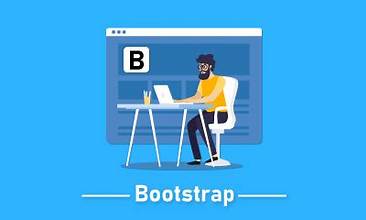Day 1:
.NET Core Overview
- Advantage and differences from the .Net Framework
Building .NET Core applications
- Installing the .NET Core SDK, Using the .NET CLI, Creating and executing .NET Core application
Build with .NET Core
- Frameworks, runtimes, and platforms, MSBuild fundamentals
Unit testing with xUnit
- Writing unit tests, facts and theories
Working with databases
- Relational, SQLite, Transforming data
Data access with ORM (object-relational mappers)
- Dapper vs Entity Framework Core
Creating a Microservice with ASP.NET Core
Debugging
- WinDBG/CDB, LLDB, SOS
Performance and Profiling
- xUnit.Performance, PerfView
Localizing your application
.NET Portability Analyzer
Preparing for release
- NuGet package, NuGet feed, Signing assemblies
Day 2:
ASP.NET Core Overview
Creating ASP.NET Core web application
- Components
Handling requests with the middleware pipeline
- Service static files, adding functionality, combining middleware, handling exceptions
Using MVC in ASP.NET Core
Mapping URLs
- Conventional routing, constraints and default values, Generating URLs
The Model Binding
- Validating user input
Using Razor Views
Using Tag Helpers
Creating a Web API
- Attribute routing, Content negotiation, XML formatting
Configuring service with dependency injection
Configuring ASP.NET Core application
Querying, creating, and updating data using Entity Framework Core
Using MVC filter pipeline
Using the ASP.NET Core Identity system
Securing your application
Publishing, Hosting ASP.NET Core application in IIS
- Bundling and minification
Monitoring and troubleshooting
Day 3:
The Front‐End Developer Toolset Overview
Angular Concepts
- Creating the Project
- Creating the Data Model
- Creating a Web Service
Structuring an Angular Application
Creating the Angular Store
Using Angular with Blazor
Data binding & Directives
Services and Dependency Injection
Using Angular with ASP.NET MVC
Visual Studio Support for Angular
Bootstrap Concepts
- Bootstrap styles, Components
Managing Dependencies with NuGet and Bower
Building Application with Gulp and webpack
Creating Administration Features
Securing the Application
Deploying ASP.NET Core Angular application
- New Hosting Model, Installing on IIS, Azure, Docker Containers
Building ASP.NET CORE app outside of windows
Summary
